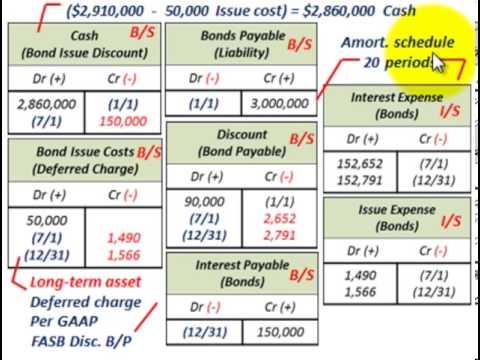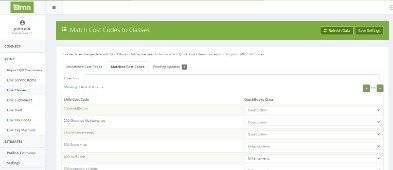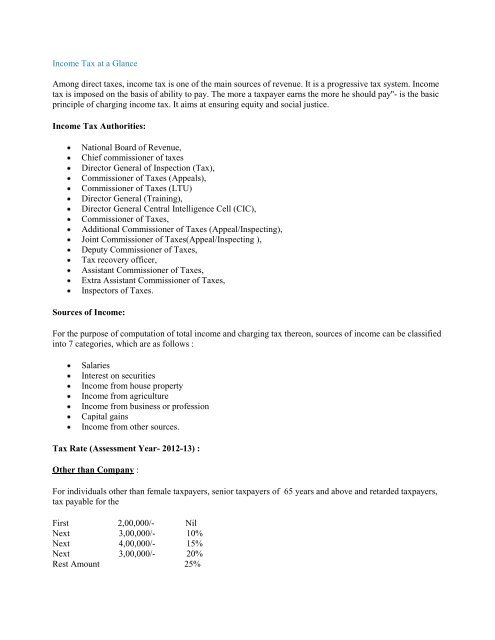Content
This means that accounts payable are the debts your business owes that must be paid within one year. These debts typically represent goods or services that have been delivered but not yet paid for. Accounts payable is a current liability that represents money you owe your vendors and suppliers. Whenever you receive a bill from a vendor or supplier, it should be recorded into accounts payable and paid by the specified due date. Although some people use the phrases “accounts payable” and “trade payables” interchangeably, the phrases refer to similar but slightly different situations. Trade payables constitute the money a company owes its vendors for inventory-related goods, such as business supplies or materials that are part of the inventory.
- We’ve prepared an in-depth guide to compare accounts payable vs. accounts receivable to help you gain a better understanding of these two bookkeeping basics.
- This should be kept in mind that the company should effectively utilize the credit period, allowed by the creditors.
- Businesses that rely on credit sales can manage their Accounts Receivable and Accounts Payable via automation to be more efficient.
- In the case of inventory items, like frames, the expense is recognized when the items are sold to the customer — when the revenue is earned.
Learn how Hopscotch can make accepting & sending payments easier for your business and create your free account today https://online-accounting.net/ to experience instant, zero-fee payments. Accounts receivable is an asset representing payments due to the company.
Free Financial Statements Cheat Sheet
When auditors test AP, they typically look for instances of quantity errors or, in some cases, unethical behavior on the part of the vendor. For example, the supplier might have mistakenly, or purposely, billed for more products than it delivered. Once a company delivers goods or services to the client, the AR team invoices the customer and records the invoiced amount as an account receivable, noting the terms. It helps to keep track of the money that third parties or debtors owe the company or individual. With a Notes Receivable Account, a promissory note is secured, and the payment is made within one year. The extended repayment timeframe is agreed upon between a business and its customer and promissory note helps enforce a business’ legal claim for the debtor’s payment. The amount owed to a seller from a customer is called Accounts Receivable.

This is because late payments cause cash flow issues which tie up the working capital on the balance sheet. According to a survey, almost half of the medium-sized businesses are been given their payments late. What is the difference between accounts payable and accounts receivable? Those companies are spending about 4 hours every week chasing behind clients for payments. This happens because both these types of accounts are recorded in closely similar ways in the general ledger.
What is accounts payable?
The third parties can be banks, companies, or even someone who you borrowed money from. One common example of accounts payable are purchases made for goods or services from other companies. Depending on the terms for repayment, the amounts are typically due immediately or within a short period of time. Put simply, accounts payable and accounts receivable are two sides of the same coin. Whereas accounts payable represents money that your business owes to suppliers, accounts receivable represents money owed to your business by customers. In accrual accounting, when finance teams record all unpaid expenses, they act as placeholders for cash events. For instance, say our eyewear maker decides to initiate a new $1,000 purchase from Frames Inc. and agrees to pay 50% of the cost upfront and the remainder on delivery.
- Accounts payable is the amount your company owes to vendors or creditors.
- You have to keep a close eye on accounts payable, since if they exceed accounts receivable, your company may start struggling to pay off debts.
- Accruals are revenues earned or expenses incurred which impact a company’s net income, although cash has not yet exchanged hands.
- Generally, the higher the ratio, the faster the company receive the money and the lower the ratio, the worse a company handle cash receivables.
- Full control over the accounts receivable and accounts payable should be there, for efficient working capital management.
- You can use accounting software to manage vendor payments and ensure you don’t miss a due date.
Accounts payable is the amount your company owes to vendors or creditors. Your total accounts payables are the sum of your short-term debt to creditors and invoices you received from suppliers who have provided your company with goods or services. A company’s accounts payable ledger lists its short-term liabilities — obligations for items purchased from suppliers, for example, and money owed to creditors. Accounts receivable are funds the company expects to receive from customers and partners. However, you must still keep track of the transaction if you sell a product or provide a service but do not receive immediate payment. Accounts receivable are considered current assets because you expect to receive payment soon. The main difference between accounts receivable and accounts payable is that accounts receivable is an asset, while accounts payable is a liability.
Discounts on accounts payable and receivable
This is the first entry that an accountant would record to identify a sale on account. Afterward, if the receivables are paid back within the discount period, we need to record the discount. This is what the initial purchase of inventory would look like in the journal entry.
Which is harder accounts receivable or accounts payable?
The accounts payable process is much easier if you're using accounting software, as most accounting software applications handle vendor management, proper expense allocation, and the ability to track due dates to ensure payments are made on time.
It represents the money owed by the company towards suppliers and creditors. Accounts Payable appears on the liabilities side of the Balance Sheet, under the head current liabilities. For example, a business may owe money to suppliers and customers, and those debts may be paid off over different periods of time. A business may also owe money to state and local governments, and those obligations may be paid off over varying lengths of time. Net working capital is the difference between current assets and current liabilities.




